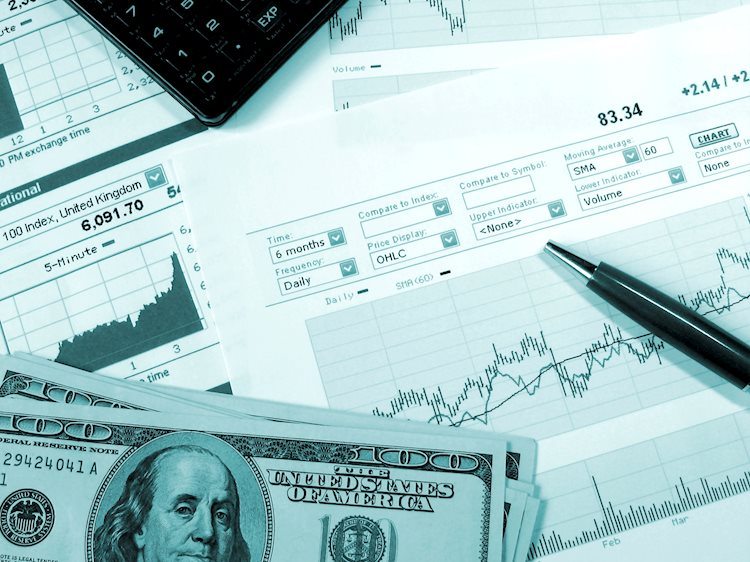
- The two-day FOMC meeting kicks off on Tuesday with a hold priced in for Wednesday’s interest rate decision.
- US consumer sentiment declined in April, while Q1 Employment Cost Index increased.
- Hawkish bets on the Fed continue to favor the USD.
The US Dollar Index (DXY) is presently trading higher at 105.95, while the two-day Federal Reserve (Fed) meeting kicked off. Markets are expecting a hawkish hold by the central bank, but messaging by Jerome Powell will be key. On Tuesday, positive mid-tier data is acting as a tailwind for the Greenback.
The US economy is witnessing resilience and persistent inflation, which makes a case for a hawkish hold by the Federal Open Market Committee (FOMC), which will likely show their lack of confidence in the progress being made.
Daily digest market movers: DXY rises as markets gear up for Fed decision, mid-tier data supports Greenback
- Conference Board’s Consumer Confidence Index in the US dropped in April to the lowest level since July 2022, at 97.0, falling from March’s figure of 103.1.
- Elsewhere, the Employment Cost Index in the US rose by 1.2% YoY in the first quarter.
- Market expectations show a 10% chance of a rate cut in June by the Fed, with odds decreasing to 33% for July, and remaining below 75% for September.
- For Wednesday, there are growing expectations for a hawkish surprise due to key Fed officials advocating for patience before initiating easing measures.
DXY technical analysis: DXY recovers as bulls make a stride, bears around the corner
The technical outlook of DXY indicates predominantly bullish momentum. The Relative Strength Index (RSI) presents a positive slope in positive territory, indicating the dominance of the buying side. The flat green bars viewed in the Moving Average Convergence Divergence (MACD) align closely with this bullish sentiment but warn of flattening momentum.
That being said, the index remains above its 20, 100, and 200-day Simple Moving Averages (SMAs). This points consistently toward a dominating bullish backdrop. Hence, even as short-term challenges are dense, the larger trend appears to lean in favor of bulls.
Fed FAQs
Monetary policy in the US is shaped by the Federal Reserve (Fed). The Fed has two mandates: to achieve price stability and foster full employment. Its primary tool to achieve these goals is by adjusting interest rates. When prices are rising too quickly and inflation is above the Fed’s 2% target, it raises interest rates, increasing borrowing costs throughout the economy. This results in a stronger US Dollar (USD) as it makes the US a more attractive place for international investors to park their money. When inflation falls below 2% or the Unemployment Rate is too high, the Fed may lower interest rates to encourage borrowing, which weighs on the Greenback.
The Federal Reserve (Fed) holds eight policy meetings a year, where the Federal Open Market Committee (FOMC) assesses economic conditions and makes monetary policy decisions. The FOMC is attended by twelve Fed officials – the seven members of the Board of Governors, the president of the Federal Reserve Bank of New York, and four of the remaining eleven regional Reserve Bank presidents, who serve one-year terms on a rotating basis.
In extreme situations, the Federal Reserve may resort to a policy named Quantitative Easing (QE). QE is the process by which the Fed substantially increases the flow of credit in a stuck financial system. It is a non-standard policy measure used during crises or when inflation is extremely low. It was the Fed’s weapon of choice during the Great Financial Crisis in 2008. It involves the Fed printing more Dollars and using them to buy high grade bonds from financial institutions. QE usually weakens the US Dollar.
Quantitative tightening (QT) is the reverse process of QE, whereby the Federal Reserve stops buying bonds from financial institutions and does not reinvest the principal from the bonds it holds maturing, to purchase new bonds. It is usually positive for the value of the US Dollar.